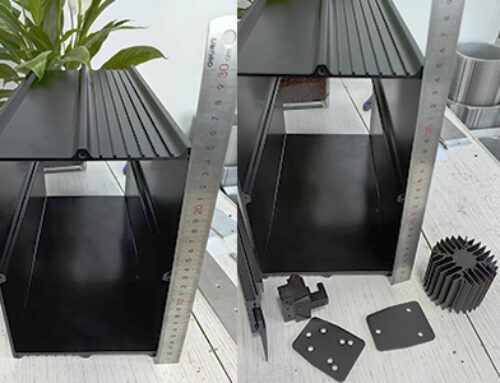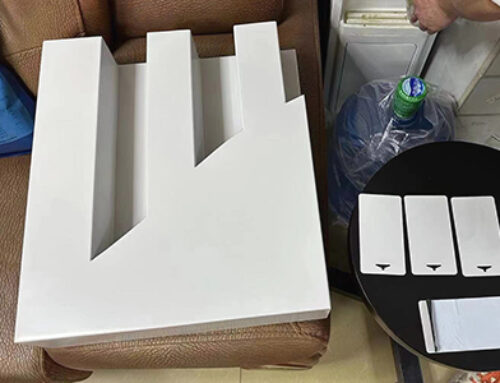Project Description
This article mainly introduces the classification of aluminium alloy and temper. It will give you an outline of aluminium alloy family.
Wrought alloy with a 4-digit number was widely accepted by many countries, it works as follows: the first digit indicates the major alloying element or elements, as shown in the table:
| Major Alloying Elements | Series |
|---|---|
| Pure Aluminium(not less 99.00%) | 1××× |
| Copper | 2××× |
| Manganese | 3××× |
| Silicon | 4××× |
| Magnesium | 5××× |
| Magnesium, Silicon and Mg2Si as strengthening | 6××× |
| Zinc | 7××× |
| Others (including Lithium) | 8××× |
| Standby | 9××× |
The basic temper designations for aluminium and aluminium alloys are symbolized by a capital letter in English, and divided into five as following:
| Code | Designation | Instructions & Applications |
|---|---|---|
| F | Fabricated | No mechanical properties specified. Apply to products that have no special requirements for work hardening and heat treatment. |
| O | Annealed | Apply to obtain lowest strength temper by full annealing, O may be followed by a digit to indicate an annealed condition with special characteristics. |
| H | Work-hardening or Strain-hardening | Apply to products with or without additional thermal treatment to reduce strength. H always is followed by two or more digits. |
| W | Solution heat-treatment | W is an unstable temper due to natural aging at room temperature after solution heat-treatment. |
| T | Thermal treatment | To produce stable tempers with or without additional strain-hardening, T is always followed by one or more digits. |
| Temper | Instructions & Applications |
|---|---|
| T0 | After Solution heat-treatment, naturally aged and cold worked. Suitable for products after cold worked to improve strength. |
| T1 | Cooled from an elevated temperature shaping process and naturally aged. Suitable for products after shaping process, no longer cold worked ( can be straightened, flattened, but does not affect the mechanical properties) |
| T2 | Cooled from an elevated temperature shaping process, cold worked, and naturally aged. Suitable for products after cooled from an elevated temperature, cold worked or straightened, flattened to improve the strength. |
| T3 | Solution heat treated, cold worked, and naturally aged. Suitable for products after Solution heat treated, cold worked or straightened, flattened to improve the strength. |
| T4 | Solution heat treated and naturally aged. Suitable for products after Solution heat treated, no longer cold worked ( can be straightened, flattened, but does not affect the mechanical properties). |
| T5 | Cooled from an elevated temperature shaping process and artificially aged. Suitable for products after shaping process, no longer cold worked but artificially aged ( can be straightened, flattened, but does not affect the mechanical properties). |
| T6 | Solution heat treatment and artificially aged. Suitable for products after solution heat treatment, no longer cold worked ( can be straightened , flattened, but does not affect the mechanical properties). |
| T7 | Solution heat treatment and artificially overaged. Suitable for products after solution heat treatment, to obtain some important features, strength on aged curve over the peak point in the artificially aged. |
| T8 | Solution heat treated, cold worked, and artificially aged. Suitable for products after cold worked, straightened, flattened to improve the strength. |
| T9 | Solution heat treated, artificially aged, and cold worked. Suitable for products after cold worked to improve the strength. |
| T10 | Cooled from an elevated temperature shaping process, cold worked, and artificially aged. Suitable for products after cold worked, straightened, flattened to improve the strength. |



